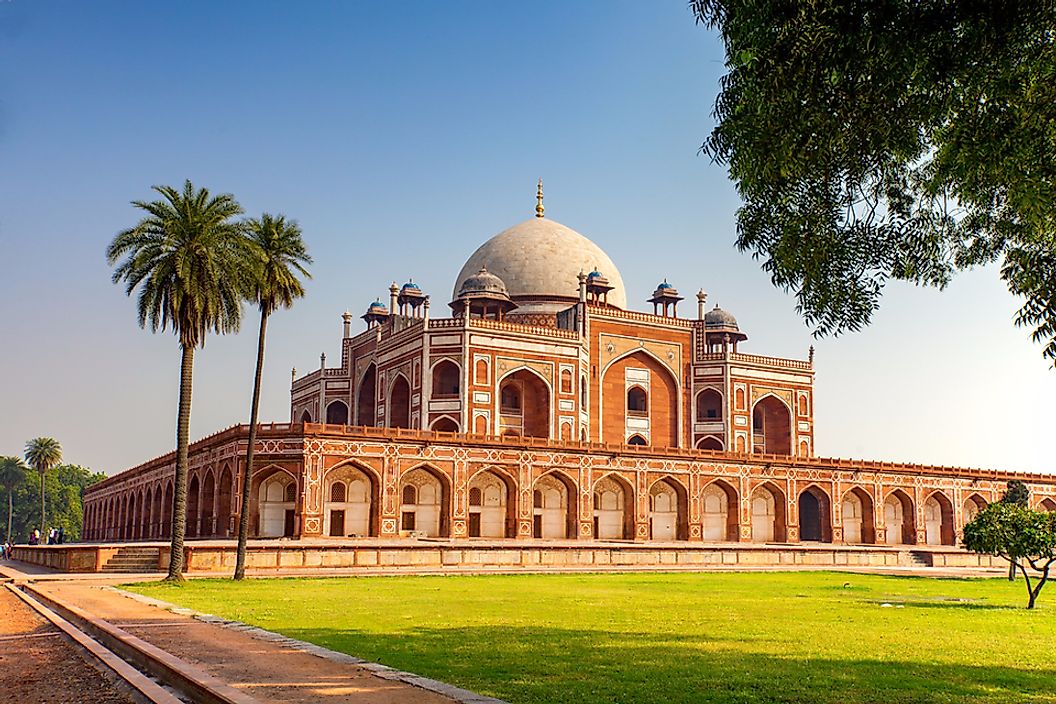What Does the Term Greater India Mean?

Greater India is a term used to describe the history and geography of countries found in South Asia and the areas that have an association with India and have been affected considerably by Indian culture. The acceptance and induction of customary and formal features of India have changed these countries to varying extents.
History
Asia's terrestrial and seafaring trade date back to approximately 500 BC, and provided a means of interaction that resulted in societal, financial and ethnic motivation. These exchanges also introduced Hindu and Buddhist philosophies regarding the origin and the nature of the universe. The spread of philosophies was majorly religious in central Asia.
During the early days of the calendar era, most territories of South East Asia, which include Nepal, Bangladesh, Sri Lanka, Maldives, and Bhutan, had efficiently embraced significant features of Hindu customs, religious conviction, and government. The idea of a godlike relationship was introduced through the notion of Harihara, and Sanskrit. Other Indian inscription structures were formally affirmed in the Indianized Pallava dynasty and Chalukya dynasty, which were depicted by flexibility, management constancy, and civil transparency.
The Himalayan people, particularly in Tibet and Bhutan, acknowledged the Indian spiritual notions into their beliefs. During the period before industrialization in Europe, the idea of three Indias was common. Middle India was the region near the Middle East, and Greater India was the southern part of South Asia. The northern part of south Asia was Lesser India. Other names used by Europeans that referred to the South Asian Peninsula include Greater India, India Aquosa, Exterior India, and High India.
In the interpretation of European maritime cruises, Greater India stretched from current Kerala to current day the Malay Archipelago. On the other hand, India Minor extended from Malabar to Sind. Farther India sometimes used to refer to what is presently Southeast Asia. Up to the fourteenth century, India could also refer to the nations along the Red Sea, particularly Ethiopia, South Arabia, and Somalia.
The geography of the late nineteenth century referred to Greater India as the Northwestern Subcontinent (Hindustan), British India, the Himalayas, the Punjab, Indochina (as well as Tibet and Burma), the Philippines, Celebes, the Sunda Islands, and Borneo. German atlases distinguished Hinter-indien as South East Asia and the South Asian peninsula as Anterior India (vorder-indien).
The idea of Indianized territories was a success and helped contribute to many years of fiscal and communal collaboration. The incorporation of primary elements of Indian art, governance, customs and traditions, structural design, writings, organization, and inscriptions also contributed to the success of the Indianized regions.
Effects of Indianization
The positive development of trade caused section alteration for financial and cultural progress where South East Asia was situated in the region of the meeting of the Indian and the East Asian nautical trade courses. Embracing the aspects of Indian sophistication and the adjustments of every single person enhanced the rise of federal countries and the growth of very systematic people.











